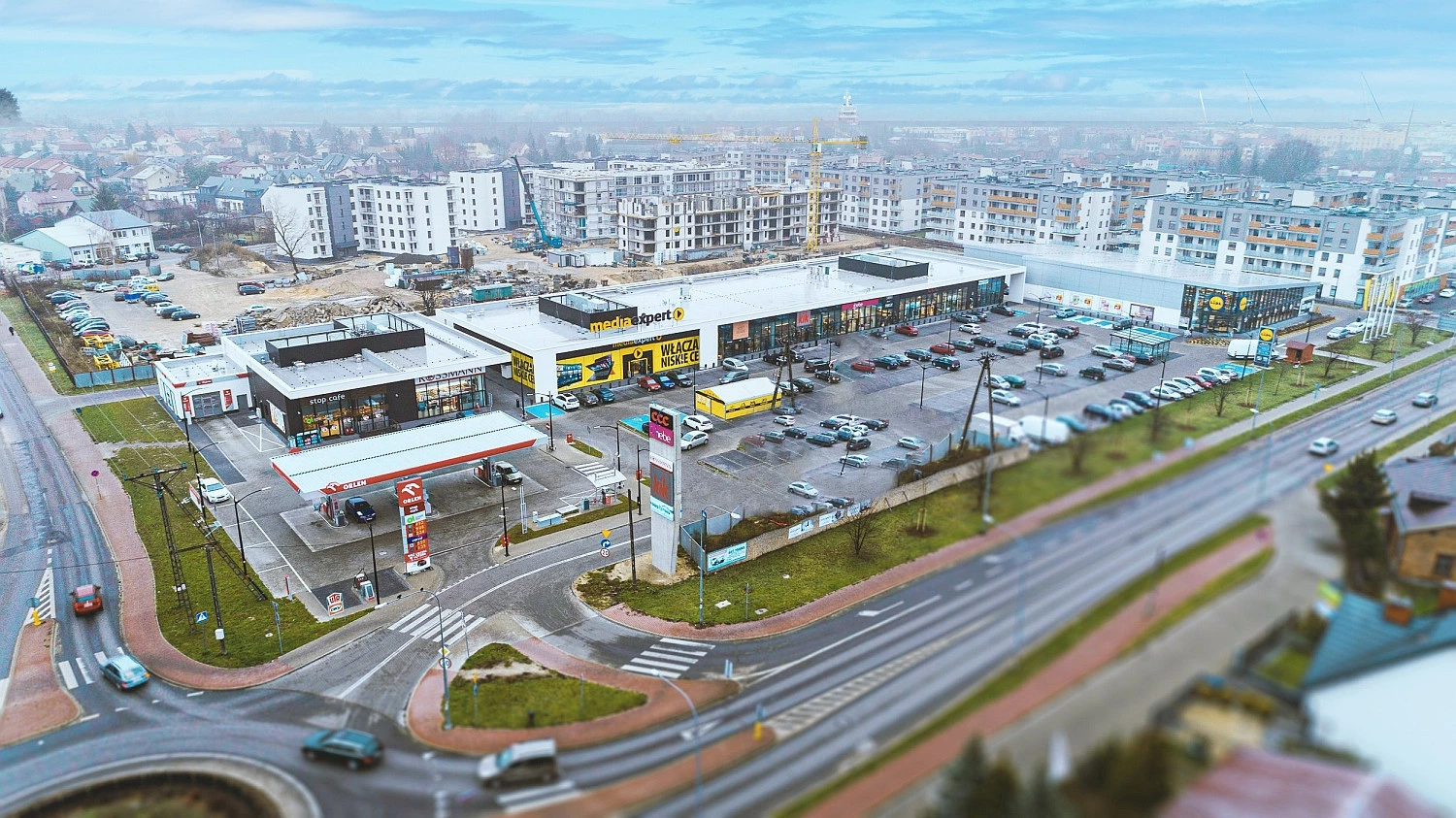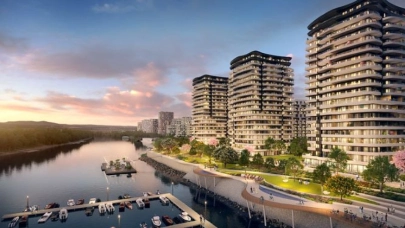
Investors’ interest in retail parks in Poland has been growing year-on-year. In 2020 this was the most sought-after retail class, taking up the majority of retail transactions. Their popularity has increased especially in the last year, due to the fact that they remained resilient to the pandemic restrictions, says Avison Young.
Investors already existing in this segment have intensified their activities. Moreover, a few newcomers have recently entered the Polish market. They are targetting properties food-anchored or leased on long-term to the financially strong tenants of a good reputation, such as health & beauty or DIY stores.
“These are especially sought-after when offered in portfolios. There have been, however, very few larger lot size transactions and the bulk of the deals were in the small lot size sector.” – points out Radosław Pietrzak, Research & Data Manager at Avison Young in Poland. Due to the fact that most the retail parks transacted in Poland belong to the convenience sector, Avison Young extended the analyses with this type of properties.
Investment volume
A tendency to shop in the vicinity of one’s place of residence (convenience retail) combined with growing purchasing power of inhabitants of smaller towns, resulted in the dynamic development of retail parks and convenience retail, which have become an attractive investment segment over the last few years.
In the years 2015-2020, retail parks and convenience retail transactions share did not exceed 10% of total retail volume. This was a marginal value due to the fact that most of the transactions were concluded in small lot sizes - 72% of retail parks and convenience retail transactions in this period of time was worth less than €10 million. However, a trend of rising number of transactions is noticed. In 2020, 23 of 35 retail transactions regarded retail parks and convenience retail. It enabled setting a new record for this sector in terms of the number of deals. The biggest convenience retail transaction in 2020 was a sale of Tyrion Portfolio, consisting of 5 convenience retail centres, where Avison Young represented the seller.
“What has attracted investors recently is convenience retail resilience to market fluctuations caused by COVID. Due to this fact and after many meetings with the investors, we forecast that this product will be sought‑after in 2021 even more”, comments Michał Ćwikliński, Principal, Managing Director at Avison Young in Poland.
- 23 retail parks and convenience retail transactions in 2020 - largest number of transactions ever
- 66% share of retail parks and convenience retail in the total number of retail transactions in 2020
- 72% share of transactions worth less than €10 million in the total number of retail parks and convenience retail transactions in 2015-2020
Location
Retail parks and convenience retail schemes being subjects of transactions in 2020 were spread across the whole of Poland. The largest number of properties were sold in the biggest Polish cities, showing investors’ appreciation for this kind of assets in agglomerations. “On the other hand, many of transactions took place in smaller towns, following strong development of retail parks there. Almost 30% of properties transacted last year were located in towns with a population smaller than 50,000.” – points out Radosław Pietrzak, Avison Young.
Yields
In comparison to the other European countries, Poland is characterised by relatively stable retail parks yields development. In combination with dynamic yields compression in warehouse and office sectors, it leaves room for yield compression in the retail parks sector. Such a market situation leads to the widest yields gap in Poland among other countries, amounting to over 250bps. Moreover, the difference between prime retail park yields in Poland and the average retail park yields in Western European cities is over 200bps.
“Taking into account attractive pricing, stable tenancy and resilience of the market fluctuations, retail parks in Poland seem to be very attractive investment products for a wide range of investors”, adds Michał Ćwikliński, Avison Young.
COVID-19 post-lockdown: major trends in consumers’ behaviour
- Higher conversion: As customers visit shopping centres less often, they tend to spend more time during a single visit.
- Choosing smaller schemes: People try to move less in general - as a result, residents of smaller cities avoid travelling to larger cities and choose for shopping local and convenience destinations instead.
- Focus on necessary shopping: While visiting shopping centres, people buy mainly necessary goods instead of "window shopping”, checking out what is in the stores, spending time in shopping centre etc.
COVID-19 Impact on convenience store portfolio. Case study
“We gathered data regarding daily visits and turnover in a chosen retail parks portfolio and checked, how much COVID-19 influenced the business. The outcomes are presented below. The main conclusion is, that the portfolio remained resilient to the pandemic circumstances thanks to its “resilient tenant mix” (67% of tenants representing DIY, grocery or health & beauty stores)”, analyses Radosław Pietrzak, Avison Young.



